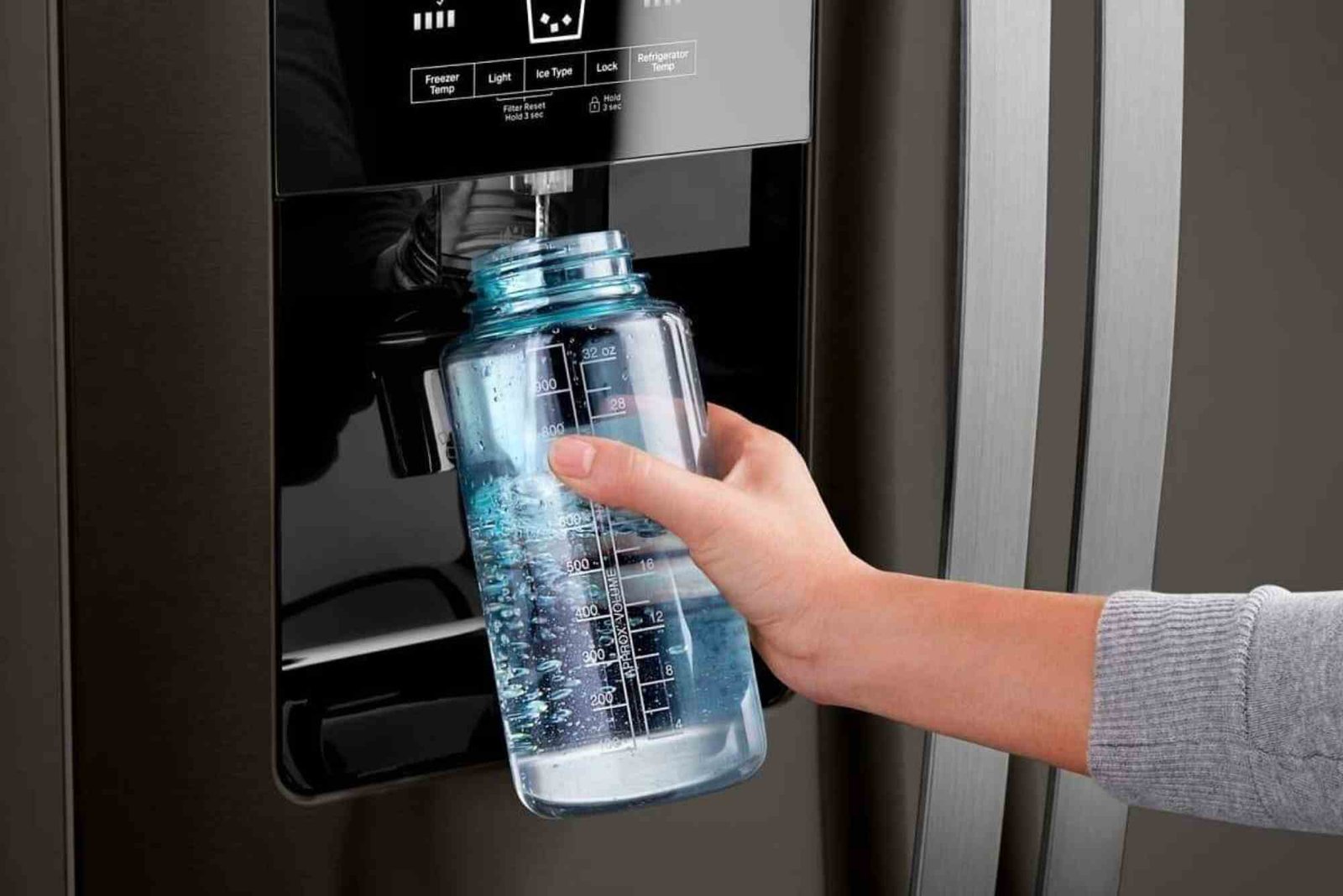Choosing the right material is one of the most critical decisions when working with an injection mold parts factory. The material not only affects the part’s performance, strength, and durability but also impacts cost, production efficiency, and aesthetics. As a designer or OEM, understanding the materials commonly used by plastic mold parts manufacturers can help you make informed decisions, avoid costly mistakes, and ensure your product performs as intended.
Injection molding allows for a wide range of plastics to be used, each offering unique properties suited for different applications. From everyday consumer goods to specialized automotive or medical components, material selection directly influences the functionality and longevity of the final product. Having worked with multiple factories and clients, I’ve seen firsthand how selecting the wrong material can cause warping, brittleness, or even product failure, making this topic essential for anyone involved in manufacturing.
Thermoplastics: The Most Common Choice
The majority of a plastic mold parts manufacturer rely on thermoplastics for their versatility and efficiency. Thermoplastics can be melted, molded, and solidified repeatedly without significantly altering their chemical structure, making them ideal for high-volume production.
Popular thermoplastics used by injection mold parts factories include:
-
ABS (Acrylonitrile Butadiene Styrene): Known for impact resistance and toughness, ABS is widely used in automotive components, electronic housings, and consumer products. Its balance of strength and aesthetic finish makes it a favorite among OEMs.
-
Polypropylene (PP): Lightweight and chemical-resistant, polypropylene is commonly used for containers, automotive parts, and piping components. Its flexibility and low cost make it highly adaptable.
-
Polycarbonate (PC): Highly durable and heat-resistant, polycarbonate is often used for medical devices, protective equipment, and electronic components. Its transparency and impact resistance are distinct advantages.
-
Nylon (PA): Known for excellent mechanical strength and wear resistance, nylon is ideal for gears, bearings, and automotive components. It can also handle high temperatures, making it suitable for functional parts.
Thermoplastics are generally favored because they allow injection mold parts factories to produce complex shapes efficiently, maintain dimensional accuracy, and meet strict tolerances for OEM production.
Thermosetting Plastics for Specialized Applications
While less common than thermoplastics, thermosetting plastics are also used by plastic mold parts manufacturers for applications requiring heat resistance and dimensional stability. Unlike thermoplastics, thermosets cannot be remelted once cured, making them highly durable for long-term use.
Common thermosetting materials include:
-
Epoxy Resins: Frequently used in electrical components, coatings, and structural applications. Epoxy resins provide excellent adhesion, chemical resistance, and mechanical strength.
-
Phenolic Resins: Known for high heat resistance and insulating properties, these resins are used in automotive parts, electrical housings, and industrial machinery components.
These materials are ideal for OEMs that require long-lasting, stable components capable of withstanding extreme conditions without deforming or degrading.
Elastomers and Flexible Materials
Some products require flexibility rather than rigidity. In such cases, injection mold parts factories may use elastomers, such as thermoplastic elastomers (TPEs) or silicone-based materials.
TPEs combine the characteristics of rubber and plastic, allowing for parts that are flexible, resilient, and durable. They are commonly used for grips, seals, gaskets, and protective covers. Silicone elastomers are ideal for high-temperature applications, medical devices, and food-grade products due to their biocompatibility and heat resistance.
Flexible materials expand the possibilities for OEMs, enabling components that require shock absorption, sealing, or ergonomic design features.
Reinforced Plastics for Enhanced Strength
For demanding applications, plastic mold parts manufacturers may use reinforced plastics—thermoplastics or thermosets combined with fibers like glass, carbon, or aramid. These composites offer superior mechanical strength, stiffness, and heat resistance, making them suitable for automotive, aerospace, and industrial applications.
For example, glass-filled nylon provides high tensile strength and wear resistance, making it perfect for gears, brackets, and housings. Carbon fiber-reinforced plastics are used when lightweight and high-strength components are essential, such as in drones, sports equipment, or automotive performance parts.
Material Selection Considerations
Selecting the right material involves balancing multiple factors: mechanical properties, thermal resistance, chemical compatibility, aesthetic finish, and cost. A reputable plastic mold parts manufacturer will guide OEMs through this process, helping to choose materials that meet performance requirements while remaining cost-effective.
During my experience collaborating with injection mold parts factories, material consultation has proven invaluable. A factory may suggest swapping a high-cost resin with a lower-cost alternative that meets the same mechanical requirements, or adjusting wall thickness to improve mold flow and reduce defects. Such expertise not only saves money but also ensures the final product is reliable and manufacturable at scale.
Conclusion
Materials are the foundation of successful OEM production, and understanding the options available is crucial. From standard thermoplastics to thermosets, elastomers, and reinforced composites, plastic mold parts manufacturers offer a wide range of solutions to meet different application needs. Partnering with a knowledgeable injection mold parts factory ensures the right material is selected, improving part performance, production efficiency, and long-term reliability.
Whether you are designing consumer electronics, automotive components, or industrial equipment, working closely with your manufacturer during material selection can make all the difference between a product that succeeds and one that struggles in the market.










